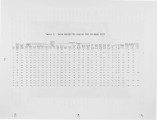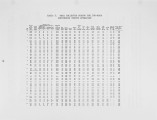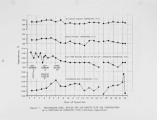| Abstract |
The cyclonic combustion concept, which provides high combustion-intensity and high combustion-efficiency with low excess air, offers many advantages for waste incineration over commercially-available incinerators. The cyclonic incinerator allows better mixing and temperature uniformity, higher destruction efficiency, wider range of operating parameters, higher flexibility to variation in waste properties, dry ash and/or molten slag operation, and more efficient heat recovery at reduced capital and operating costs. Based on successful results of the pilot-scale tests, the cyclonic incineration demonstration system has been jointly developed and operated by the Institute of Gas Technology (IGT), York-Shipley, Inc. (Y-S), and an industrial client. The demonstration system consisted of a wastewater handling subsystem; a compact cyclonic incinerator with an ash/slag receiver, capable of operating either in dry or slagging modes; a heat recovery boiler; an air heater; and a baghouse. Performance tests including a final 500-hour continuous system operation at the industrial site demonstrated stable, reliable, high efficiency, low pollutant emission incineration of 40 gal/h of wastewater containing up to 50% solids (heating value of about 3000 Btu/lb). The heat contribution ratio of waste to auxiliary fuel, on a Btu basis, averaged 55/45. Major operating parameters during the final operation included 2.15 X 10^6 Btu/h total firing rate, 2050°F combustion temperature, air preheat of 325°F, and specific heat release of 0.12 X 10^6 Btu/h-ft3 with 20% excess air. The carbon monoxide concentration in the combustion products was usually below 100 ppm. The system generated about 1100 lb/h of process steam at alSO psig pressure. A sufficient data base was generated for design and construction of a larger, commercial system (from 10 X 10^6 to 25 X 10^6 Btu/h total firing rate). |

























